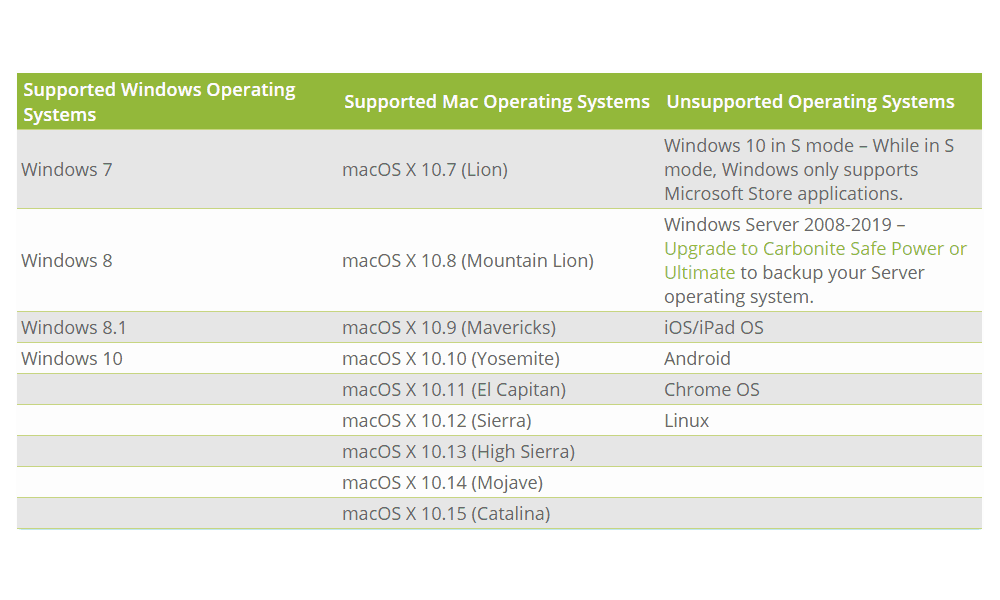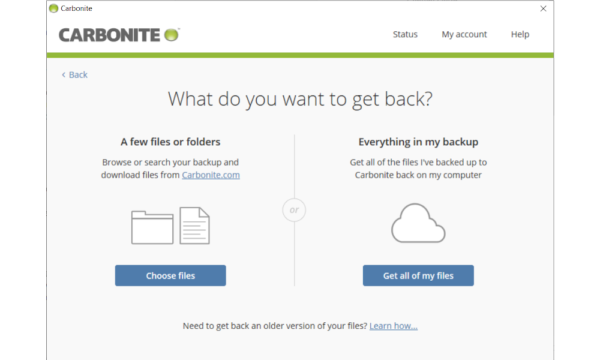
Tools that can assist in this process include: 𝐓𝐞𝐬𝐭𝐢𝐧𝐠: Develop a testing strategy to validate your applications in the cloud environment. 𝐂𝐨𝐬𝐭 𝐄𝐬𝐭𝐢𝐦𝐚𝐭𝐢𝐨𝐧: Calculate the projected costs of running your workloads in the cloud. 𝐃𝐞𝐩𝐞𝐧𝐝𝐞𝐧𝐜𝐲 𝐌𝐚𝐩𝐩𝐢𝐧𝐠: Understand the dependencies between applications and servers to determine migration order and potential issues. 𝐏𝐞𝐫𝐟𝐨𝐫𝐦𝐚𝐧𝐜𝐞 𝐀𝐧𝐚𝐥𝐲𝐬𝐢𝐬: Assess the performance requirements of your applications and workloads to choose an appropriate cloud provider and instance types.

Here are the steps and tools typically required for Assessment & Planning phase Going forward, we will go through every crucial step of migration activity one by one. Planning a seamless migration from on-premise servers to the cloud is a critical step for any organization. Titanium underpins Google’s workload-optimized infrastructure | Google Cloud Blog Nirav Mehta and I describe the details in the below Google Cloud Blog post. Moving forward, the Titanium architecture will underpin all of Google Cloud's ML and infrastructure offerings,, in the process enabling new classes of infrastructure capabilities that move well beyond the confines of a single server. Importantly, our datacenter offload architecture allows independent scaling of CPU, network, and storage to allow custom matching of workload requirements to appropriate system balance points. Titanium's Infrastructure Processing Unit (IPU) in our C3 Virtual Machines supports 200Gb/s networking and 500K IOPS through Hyperdisk block storage.

#CARBONITE CUSTOMER REVIEWS SOFTWARE#
Titanium combines custom hardware for line-rate network and storage offloads and system management with a scale-out datacenter software stack to manage the most complex operations isolated from customer workloads. At Google Cloud Next today, we announced Titanium, our workload-optimized hardware/software offload architecture.


 0 kommentar(er)
0 kommentar(er)
